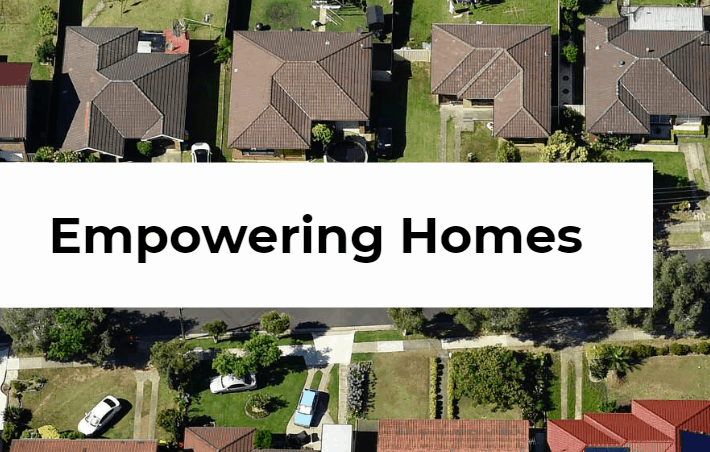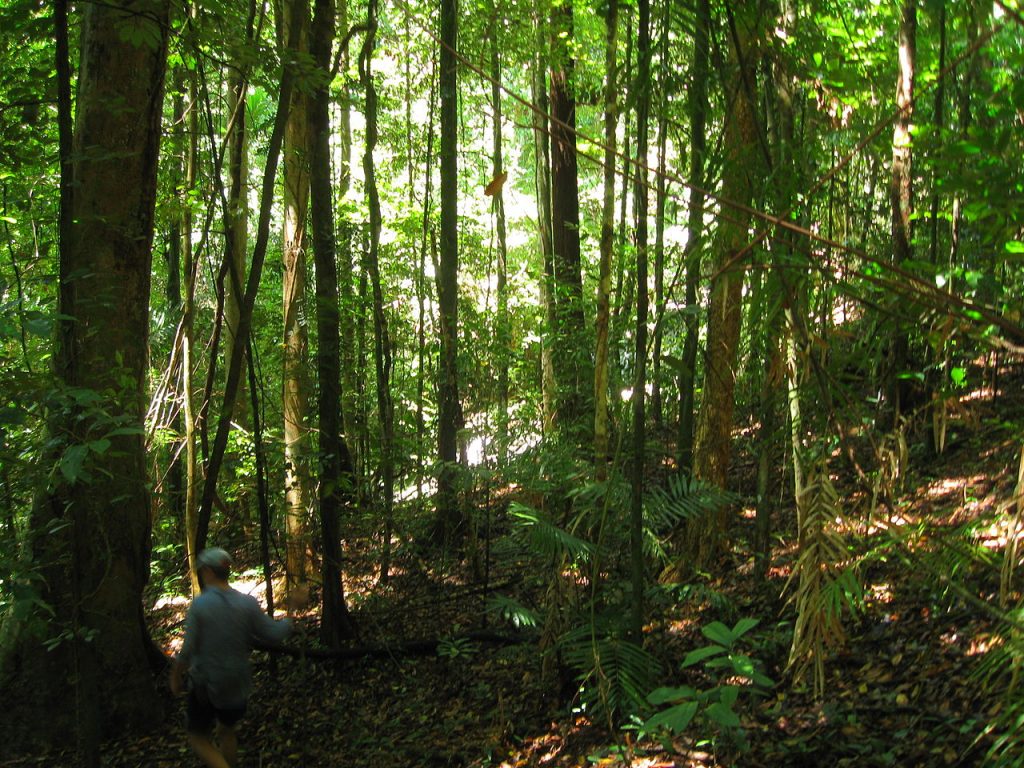Victorian Solar Rebate Rally – a rally was held at Victoria’s Parliament House today where hundreds of people in the solar industry voiced their displeasure with the rollout (and subsequent roll-in) of the Victorian solar rebate. Have they got a fair enough gripe? Let’s take a look.
Victorian Solar Rebate Rally
The original Victorian solar rebate (AKA Solar Homes) was announced in the lead-up to the 2018 election by Daniel Andrews and Lily D’Ambrosio. The plan was to install subsidised solar panels and/or solar batteries ($2,225 per system) – which then caused statewide PV solar installations to skyrocket from 3,000 / month to 7,000 / month.
Presumably the industry didn’t have too many issues with that, but the problem was when the scheme was paused in April 2019, only just recently reopening under an agency named Solar Victoria who had Stan Krpan from the Victorian Cladding Taskforce heading it up.
This stop/start issue has seen a couple of follow-on effects – with owners now adopting a ‘wait and see’ approach and the subsequent slowdown in installations is causing a big bite for Victorian solar installers, especially those who have (bravely, given they’re relying on the Government) planned a growth strategy around the rebate.
”This is a gold-level performance in incompetence,” said John Grimes of the Smart Energy Council in quotes relayed in The Age.
“The industry has become a solar coaster: one minute it’s up, the next it’s down.”
According to Mr. Grimes, installations across Victoria are down 30% since April. We also commend his pun game.
The Age article also quotes Dave Douglas of EverSolar who discussed his growth strategy prior to the rebate pausing and how it’s affected his business:
“We doubled in size because of this rebate. We put on an extra 20 staff, got more vans and ordered more solar panels.”
Mr. Douglas had a couple of ideas how to solve the issue – double the monthly subsidy quota or drop the eligibility from a pre-tax household income from $180,000 to about $80,000.
Opposition energy spokesman Ryan Smith was at the rally as well, with his own opinion (which, surprisingly, was the opposite of the incumbent Government) on the rebate:
“The change has made it more difficult to have panels installed,” he said. “Far from being cheaper, as businesses close, competition will dry up and panel installation costs will rise.”




